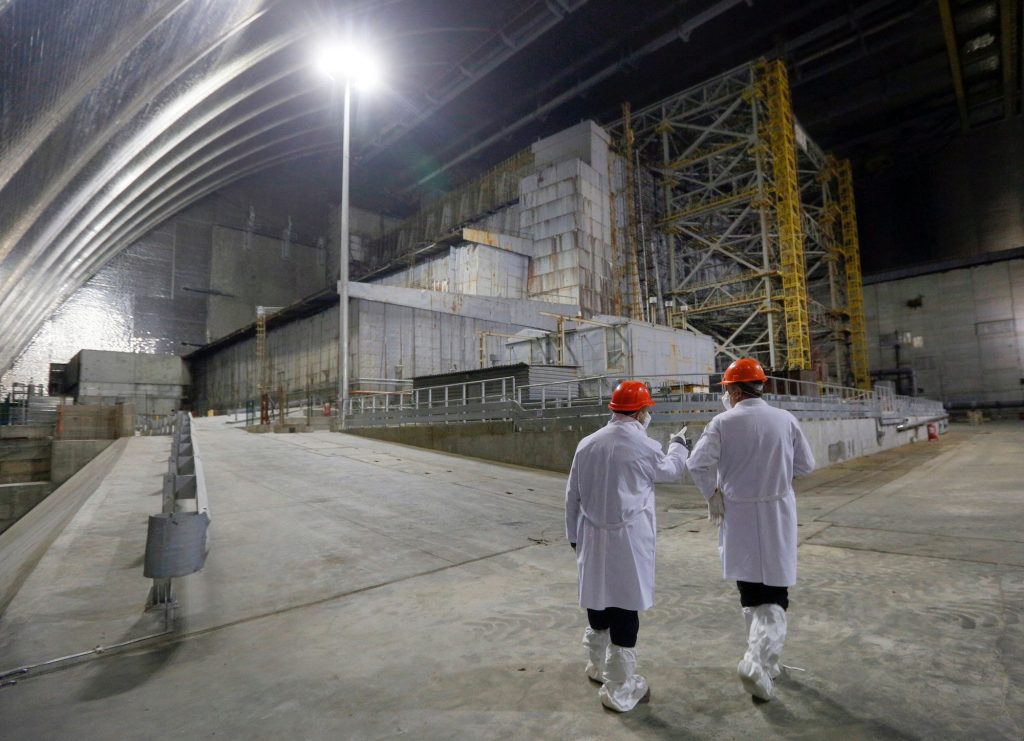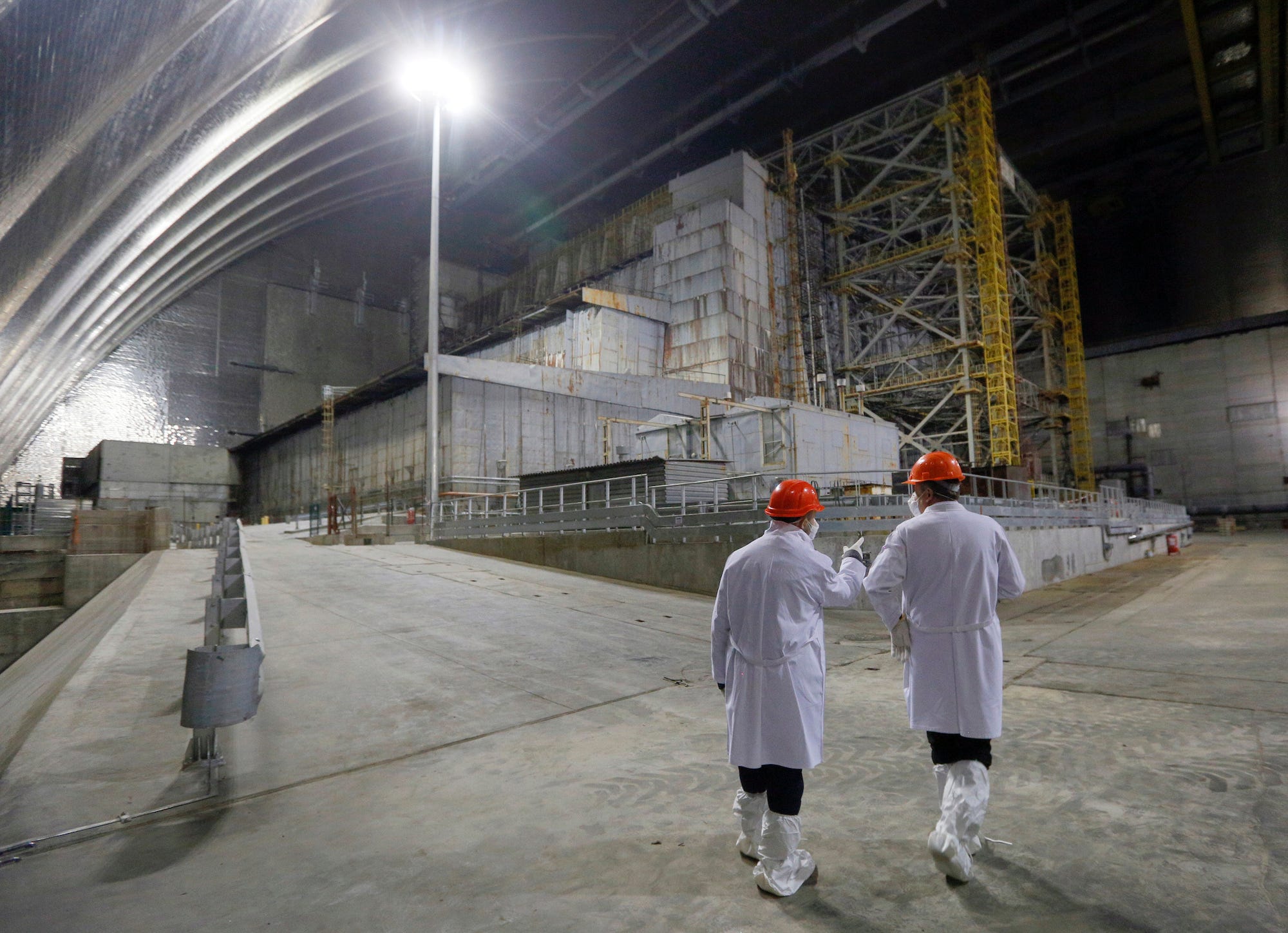
AP Photo/Efrem Lukatsky
- Scientists recreated lava produced by the Chernobyl nuclear disaster inside a lab.
- Their findings could offer clues about how to clean up the site's radioactive material.
- The researchers hope to avoid any potential accident caused by smoldering nuclear fuel.
- See more stories on Insider's business page.
Thirty-five years ago, the Chernobyl Nuclear Power Plant witnessed the worst nuclear disaster in history.
In addition to killing dozens of people and contaminating an area of roughly 58,000 square miles, the meltdown created around 100 tons of radioactive "lava" that oozed into rooms below the reactor then hardened over time.
That lava is now causing problems in a particular room called 305/2, where nuclear reactions are smoldering again.
The number of neutrons in Room 305/2 has nearly doubled over the last four years. Rising neutron counts are a sign of fission – a process in which neutrons slam into an atom and split it apart, thereby releasing energy. New fission reactions could result in another explosion at Chernobyl, one that may threaten the lives of workers trying to decontaminate the site.
"If people were working in there and there was a partial collapse, they could just get killed by falling masonry," Neil Hyatt, a professor of nuclear materials science at the University of Sheffield, told Insider.
Researchers aren't sure how likely that scenario is. They haven't had a chance to inspect the room in question in several years, let alone collect samples. That's because the lava materials are "horrifically radioactive," Claire Corkhill, a nuclear-waste expert at the University of Sheffield, told Insider.
"There do exist some samples that were taken on a sampling mission in 1991 by some Russian scientists," she added. "They were actually really difficult to obtain because you can't really stand near this stuff inside the reactor for a very long period of time."
So Corkhill and her fellow researchers came up with a solution: They recreated the Chernobyl lava inside a lab.
Their observations of the material, recently published in the journal Nature, could help mitigate another nuclear accident at the site.
Researchers mimicked the high heat from the Chernobyl disaster
The original lava at Chernobyl was the product of a series of explosions that blew apart a reactor, then ignited a fire in the reactor's core. The core's temperature skyrocketed to 2,912 degrees Fahrenheit, causing the uranium fuel rods inside to melt - along with their zirconium cladding, parts of the reactor such as steel and concrete, and sand that was dumped into the core to extinguish the flames.
Corkhill's team set out to imitate this mixture.
"The benefit of the simulant materials that we're making is that they're pretty much identical in every way, except they don't contain the really scary bits," she said.
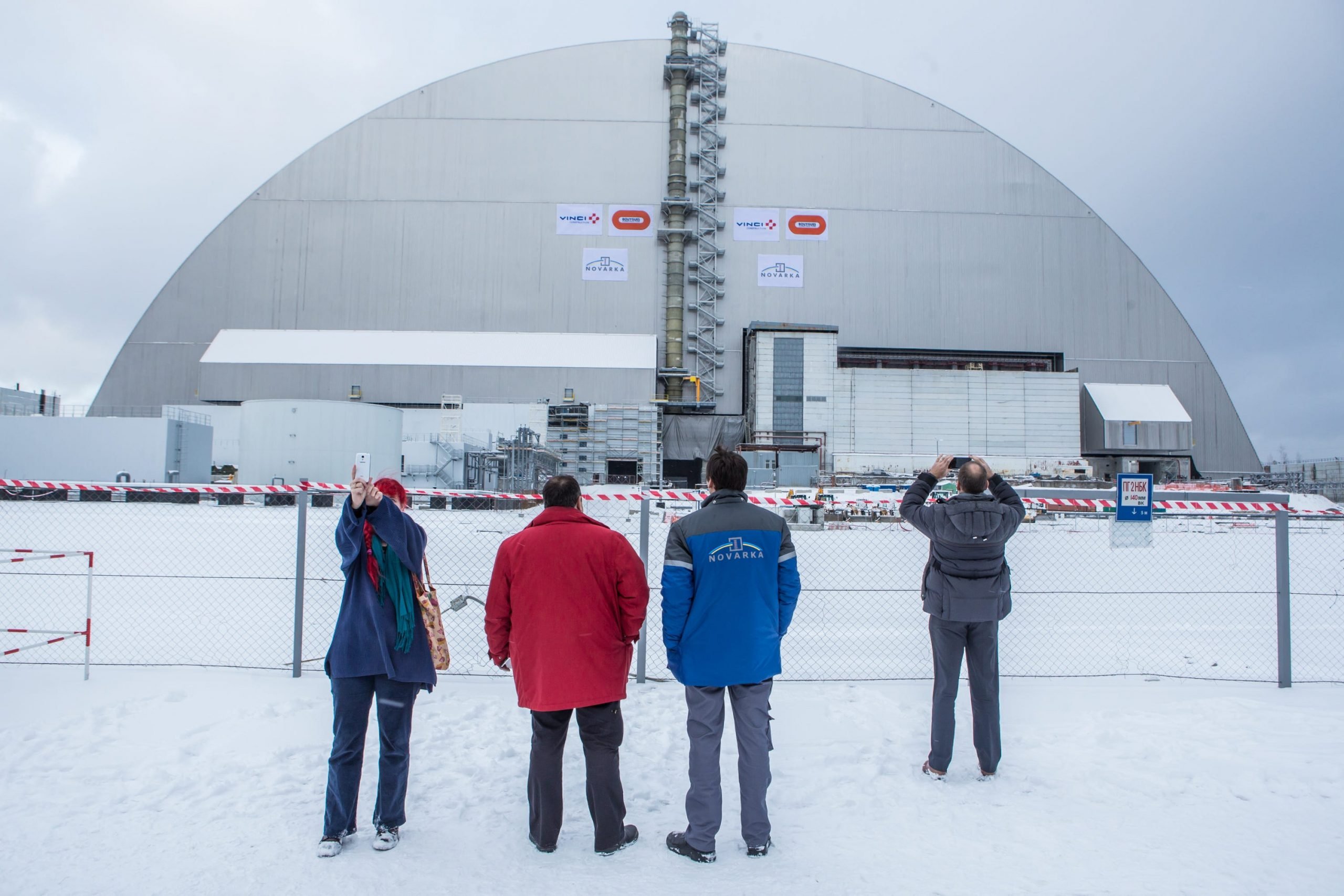
Brendan Hoffman/Getty Images
The researchers combined elements they already knew were present in the real lava, then exposed them to high temperatures that mimicked those recorded after the explosion: 2,732 degrees Fahrenheit for four hours, followed by 1,328 degrees Fahrenheit for three days. The result was a material that resembled glass.
So far, the team has only produced small batches of lava-like material - around 25 grams - but Corkhill said it's enough to offer insight into how hard or corroded the real-life samples are.
"We've been able to tell the story about how each individual part of the lava material formed and in what order they formed," Corkhill said. "That gives us greater insight to the chemistry of these materials that you can link to better understanding things like how they corrode."
Robots could chip away at the lava
Researchers have a theory about why nuclear reactions are smoldering again in Room 305/2.
The structure built to cover the reactor site, known as the "sarcophagus," wasn't air-tight, so it allowed rainwater to seep in. That was then covered by another protective shield, called the New Safe Confinement structure, in order to keep the water out and reduce the chances of more fission reactions.
But that may have led the lava to become too dry, which researchers now theorize could also spark fission reactions.
Corkhill said Chernobyl probably needs to stay in a "Goldilocks zone," with just the right amount of water to keep the fuel stable.
But these are just guesses, since it's dangerous to investigate the room up close. Not only is the area still highly radioactive, its ceiling is also sunken in, and a giant steel plate from the reactor still threatens to crash through the roof.
"One could access it, but it is very difficult," Hyatt said. "It's not like popping down to your cellar or something."
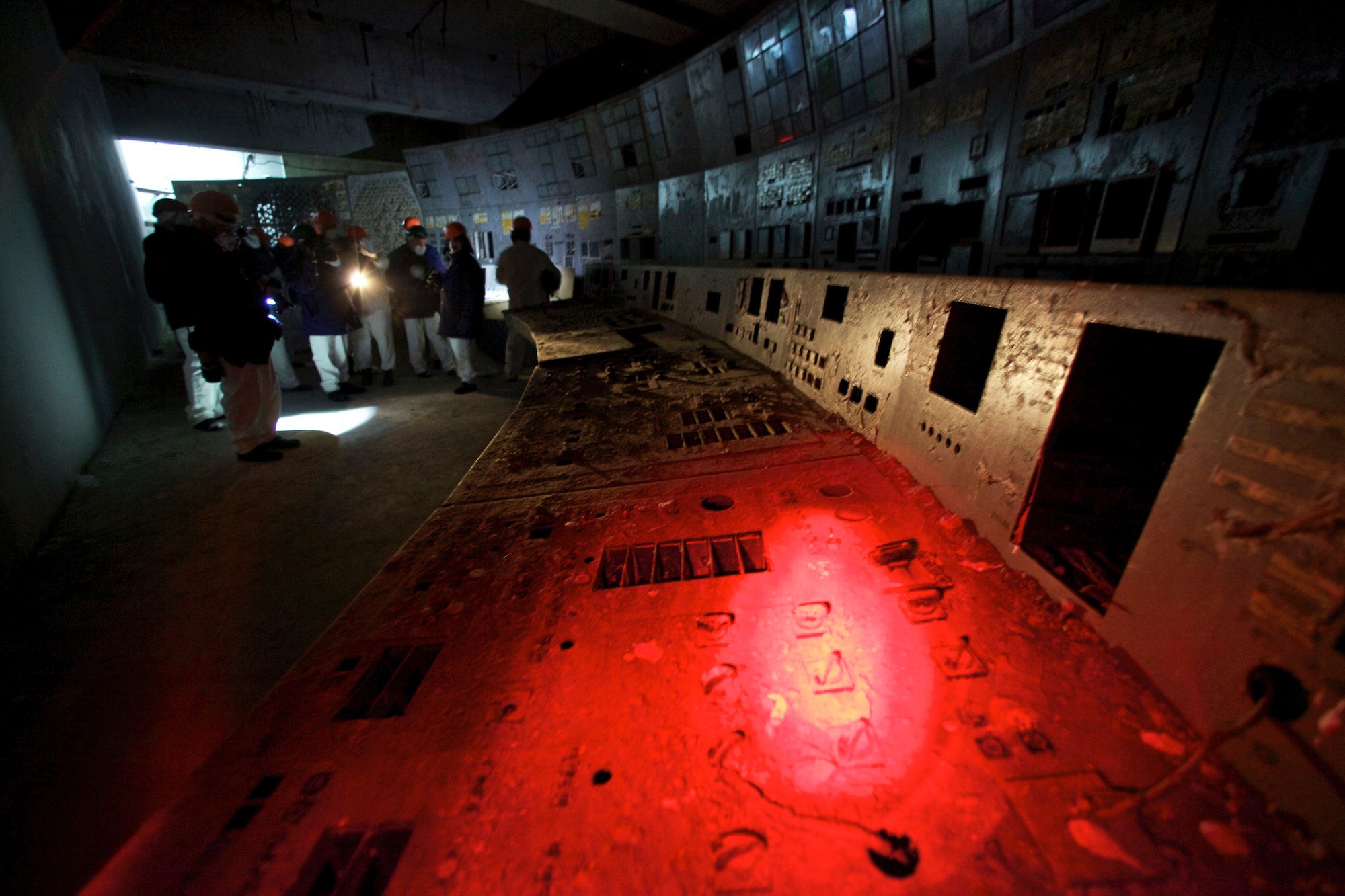
AP Photo/Alexander Zemlianichenko
So instead of sending people down to check out Room 305/2, researchers are looking at another option: robots.
Machines might be able to drill into the lava, then install boron cylinders to absorb excess neutrons. The big hurdle, Corkhill said, is that the lava is quite solid. One particular radioactive mass, known as the "Elephant's Foot," was so dense that Russian scientists had to chip away at it with a rifle just to remove a sample.
Corkhill hopes her team can use their lab-made lava to understand whether robots may face similar challenges.
"If we know how hard they are, we can design a robot to be able to then go in and cut them out," she said of the site's radioactive materials.
But there's not an urgent need to find a solution right away: Researchers are still hopeful that the nuclear fuel may stop smoldering on its own. And even if it doesn't, they may have a few years before the number of neutrons reaches crisis levels.
"We're kind of in this transient phase of the reactivity increasing, but not at a level that we think would be spontaneously dangerous, like a rapid uncontrolled release of energy," Hyatt said.
The lava is spewing radioactive dust
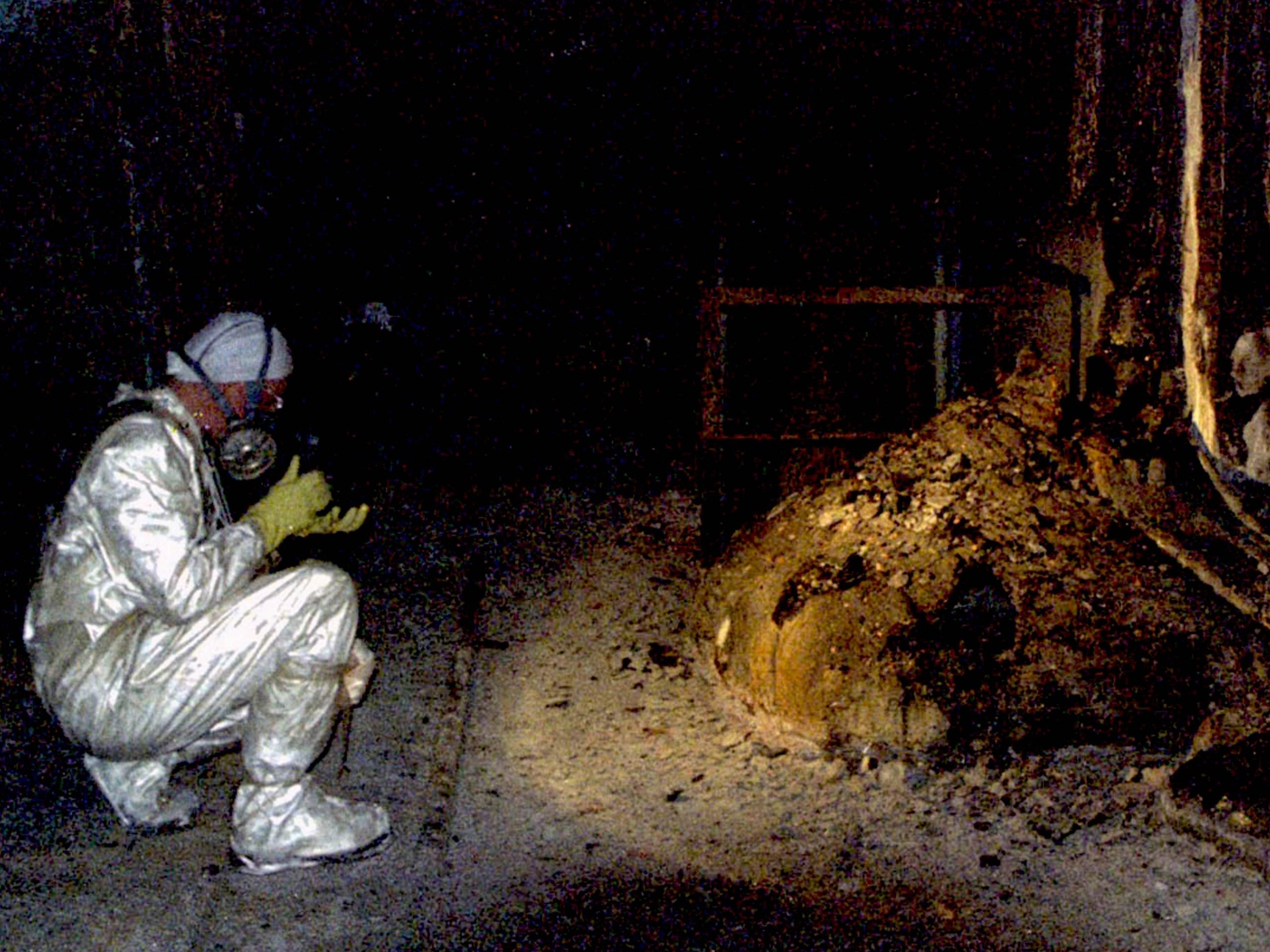
Photo 12/Universal Images Group/Getty Images
Though the lava at Chernobyl is now solid, it's disintegrating over time due to high levels of humidity and radiation - similar to the way a bicycle rusts if it's left out in the rain.
"Bits can just fall off," Hyatt said. "It literally turns to dust in front of your eyes."
An explosion in Room 305/2, then, would kick up that cloud of uranium dust, potentially exposing workers to hazardous fumes. It would also delay the cleanup process.
"If it disperses and it ends up on the inside of the New Safe Confinement, then you have to stop all work and decontaminate it to then carry on again," Corkhill said. "If that kind of accident happened, it would put the whole decommissioning program behind."
So researchers are trying to figure out how to contain the dust before any potential accident. The lab-made lava could offer lessons in how to do that.
"We're really interested in understanding this dust-formation process," Corkhill said. "If you know how quickly the dust is formed, you can develop ways to mitigate that dust by spraying the surface with something."
But researchers will have to study the radioactive materials further to know how to best intervene.
"Maybe the best thing is to leave them where they are and cover them with some film that stops the dust generation," Hyatt said. "Maybe you really actually do need to intervene before they degrade further. But we won't really know that unless we go and make those observations."
